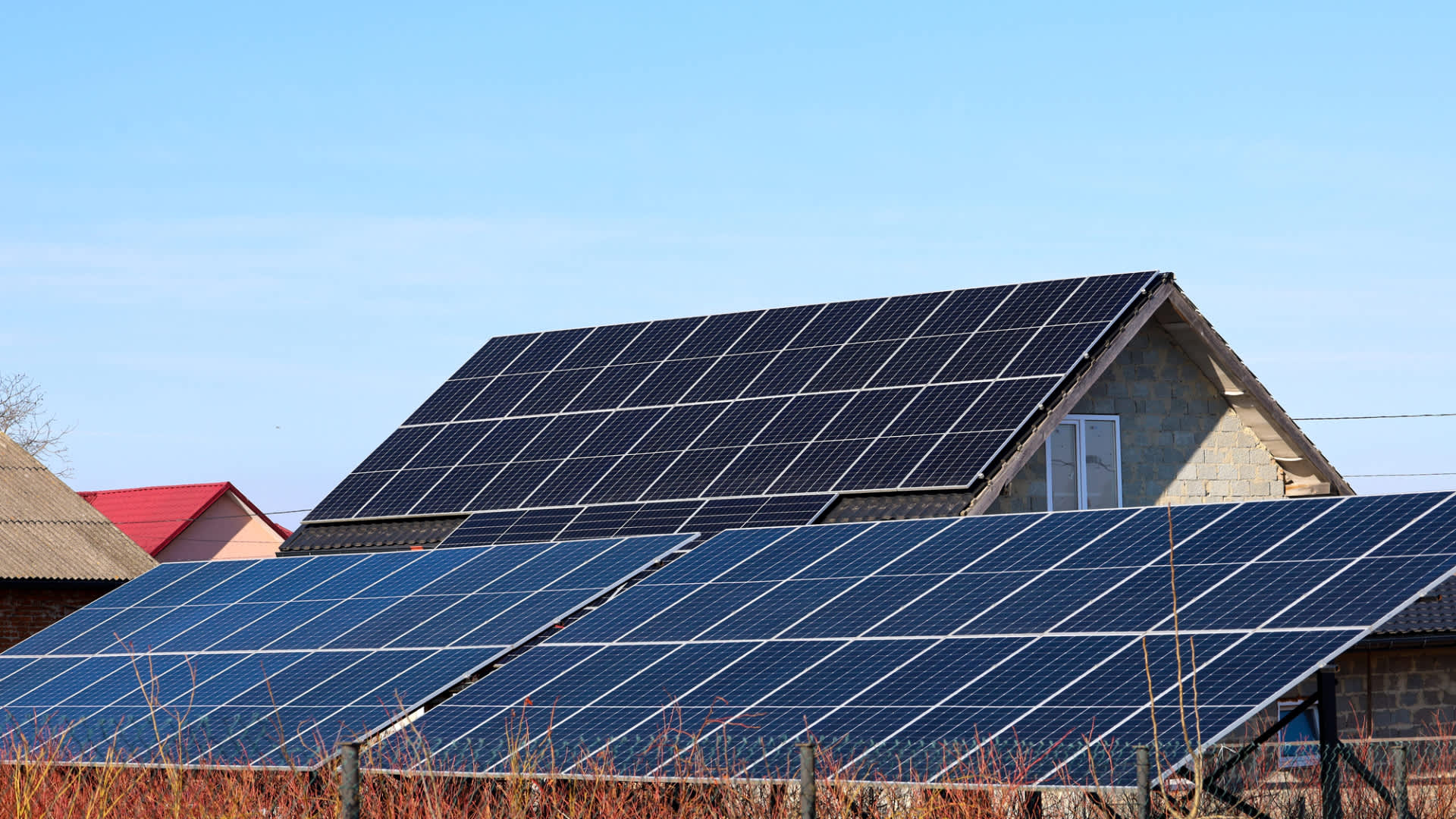cross-posted from: https://slrpnk.net/post/24690127
Solar energy experts in Germany are putting sun-catching cells under the magnifying glass with astounding results, according to multiple reports.
The Fraunhofer Institute for Solar Energy Systems team is perfecting the use of lenses to concentrate sunlight onto solar panels, reducing size and costs while increasing performance, Interesting Engineering and PV Magazine reported.
The “technology has the potential to contribute to the energy transition, facilitating the shift toward more sustainable and renewable energy sources by combining minimal carbon footprint and energy demand with low levelized cost of electricity,” the researchers wrote in a study published by the IEEE Journal of Photovoltaics.
The sun-catcher is called a micro-concentrating photovoltaic, or CPV, cell. The lens makes it different from standard solar panels that convert sunlight to energy with average efficiency rates around 20%, per MarketWatch. Fraunhofer’s improved CPV cell has an astounding 36% rate in ideal conditions and is made with lower-cost parts. It cuts semiconductor materials “by a factor of 1,300 and reduces module areas by 30% compared to current state-of-the-art CPV systems,” per IE.



Also, from the article - 33.6% efficiency in real-world conditions:
A lighthouse uses the same lens, just with the light coming from the inside. Since this is old knowledge, what is the drawback? Why isn’t this widespread?
My completely uninformed guess:
The lens and assembly costs too much compared to just more solar panels
The lens/panel combo is so bulky/prone to failure it becomes unreasonable to actually install/use.
Adding to what Eldest_Malk said: They aren’t just putting a new type of lens over standard solar cells, they are also designing/fabricating custom cells to work with the lenses. [I’m not a PV expert, but the fact that the IEEE paper focuses so much on the cells and not just the lenses leads me to believe that the lenses can’t just be used with whatever standardized solar cells are on the market]
id guess a lot went into designing a solar cell that could take being heated to 167F without losing efficiency or breaking. I think most common house solar panels have a temperature coefficient listed on their datasheet that measures how much its ability to generate power decreases per every degree above 77F
They mention standardisations and cost savings in their paper, as well as solving the heat load per cell problem by decreasing cell size. They also mention that there’s been a lot of micro-CPV module designs but that they haven’t been scaled up. Some quotes below:
The article states that it’s smaller and cheaper. The reason it’s not widespread is that they just invented it.
It is interesting that someone just recently thought to use a fresnel lens with photovoltaics when they’ve existed for hundreds of years
It isn’t that. They have been talking about Fresnel lenses on PV for decades. It’s solving the heat issue and the size issue. A Fresnel lens gathers a large area of light and focuses it down, including focusing the heat. Normal PV cells cannot handle that amount of heat.
This is exactely how most inventions are made: put together two things from different realms that might have a good fit.
Just wait a few years and they will find a way to use the light directly instead transferring it into electricity. There‘re some IC‘s that already use light instead of voltage to compute.
I suspect that the lens makes the whole solar assembly more directional and the Sun moves in the sky.
Commercial solar panels often move with the sun, too
The overwhelming majority of them don’t, traditionnal rooftop installs don’t either.
Various trade wars are changing those economics.